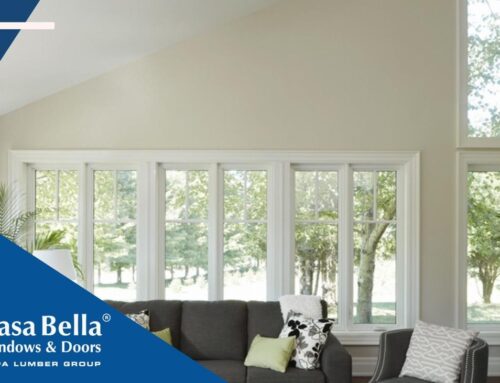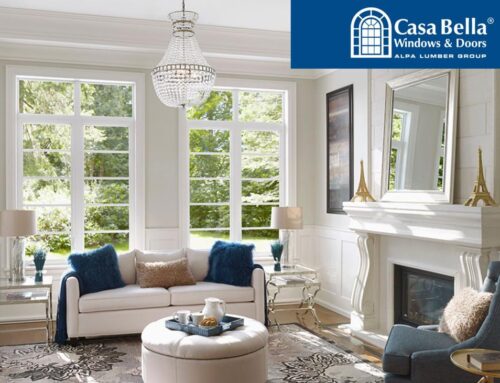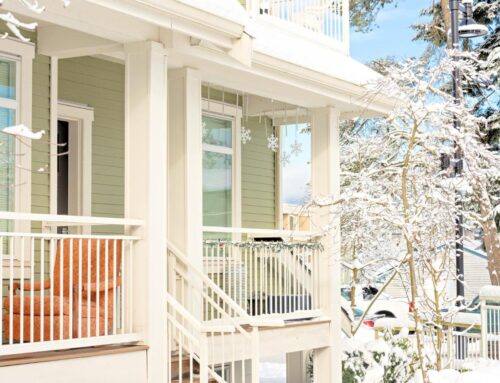Is it possible to buy energy efficient windows that pay for themselves over time?
This is a question many people ask when shopping around for windows, and a term you’ll often hear associated with energy efficiency is Low E (Low Emissivity) glass. But what does it actually mean and why should you spend extra money on it?
Here’s what you should know:
What is Low E Glass?
Basically, Low E glass works by directing heat back to its source. The glass is coated with microscopically thin metal layers that reflect, allowing heat to remain in the room rather than escaping out the window. At the same time, it allows for heat and light from the sun to pass through your windows, further contributing to the warming up of your home and savings on energy bills in the winter.
How does Low E Glass work in the summer?
Low E not only keeps heat in during the winter, but also reflects it out during the summer. Basically, the glazing refuses certain portions of the light spectrum, thus allowing less infrared light (radiant heat) to enter a home, and enabling unwanted heat gain, leaving your cool interiors to stay at the same temperature.
What are the benefits of Low E Glass?
- Save money. Heat loss in the winter is reduced by 40 per cent when compared to standard windows that enable cold air to enter your home. In the summer, you save on AC expenses because the Low E enables your interiors to stay cool.
- Additional comfort. You will find that rooms will have less cold spots near windows and drafts are significantly reduced.
- Low risk of condensation. Because of the Low E coating, the temperature of the inner windowpane is kept similar to room temperature. This prevents condensation and subsequent mold or mildew growth.
- Cut your carbon footprint. If you care about the environment, then using this type of window can help cut CO2 emissions. Furthermore, having a more energy efficient home can increase its value when it comes time to sell.
Why is Low E Glass Better?
Ordinary glass has no coating causing it to absorb and transmit heat very quickly. In the winter, clear glass absorbs heat inside your home and transfers it to the cold exterior. This causes cold spots, and brings down the temperature of your home forcing your furnace to work harder. Low E insulating keeps the heat inside, and provides up to 3 times more insulation than an ordinary window.
In the summer, clear glass absorbs the heat from outside and transmits it into the cool interiors, forcing you to readjust your AC. Since Low E glass prevents radiant heat from entering, you can be sure that your temperature remains consistent and no unwanted heat enters.
Does Low E Glass prevent fading?
Low E Glass blocks two times more ultraviolet light than ordinary windows, this helps prevent early fading on carpets, curtains, sofas, and other materials that are affected the suns damaging rays.
What type of Low E does Casa Bella use?
Our main type of glass is the Low E 180. However, we offer a variety of Low E options from Cardinal Glass depending on whether the window application is for residential housing or a low-rise building like a townhouse.
Along with using Low E Glass, what else can be done to ensure energy efficiency?
We recommend opting for the Casa Bella High Performance Package, which consists of triple glass, foam filled frame, and double Low- E Glazing to provide the highest energy rating of any window we produce.
Got more questions about Low E glass or energy efficient windows?
Feel free to call us at 1-800-407-9917.



